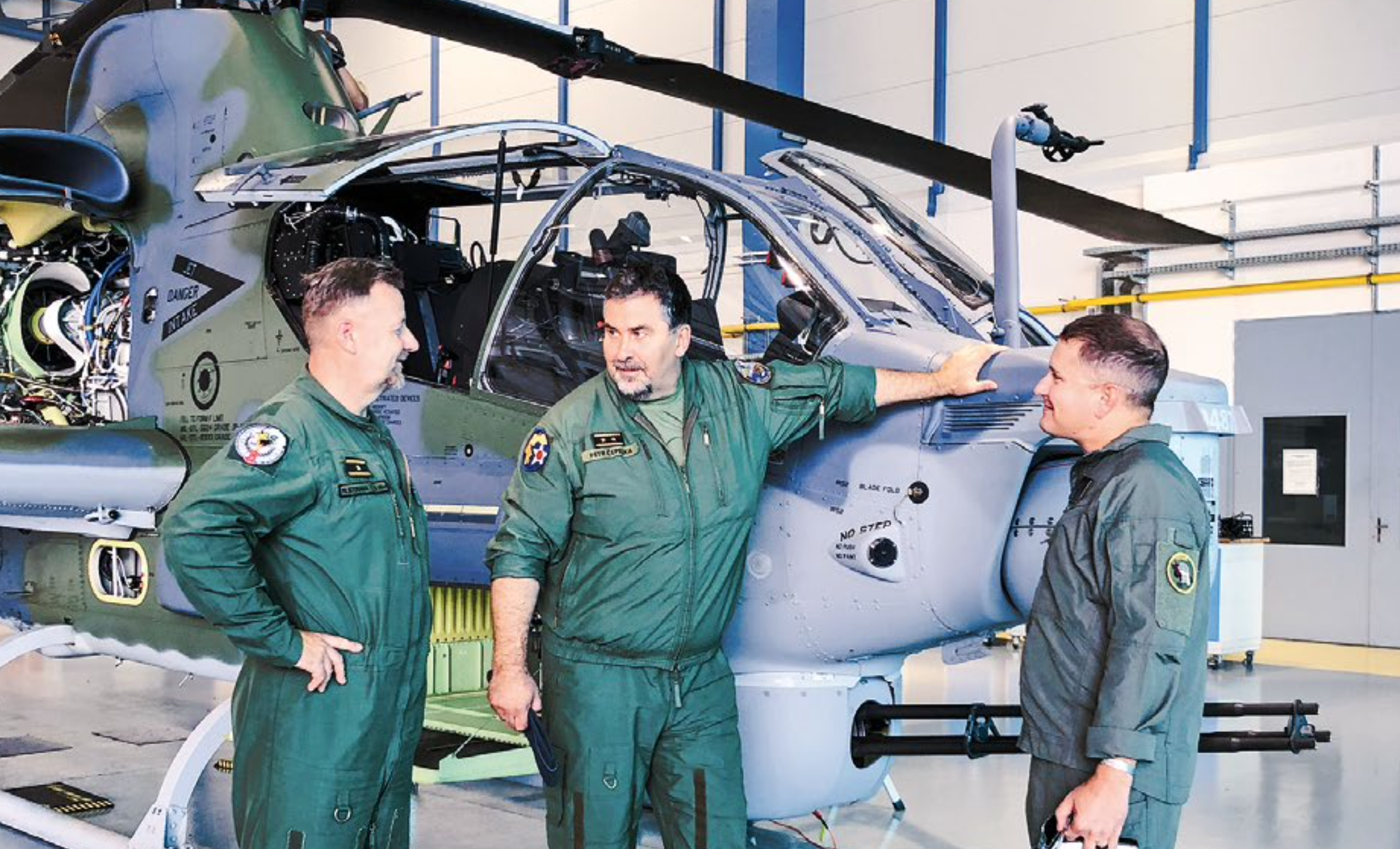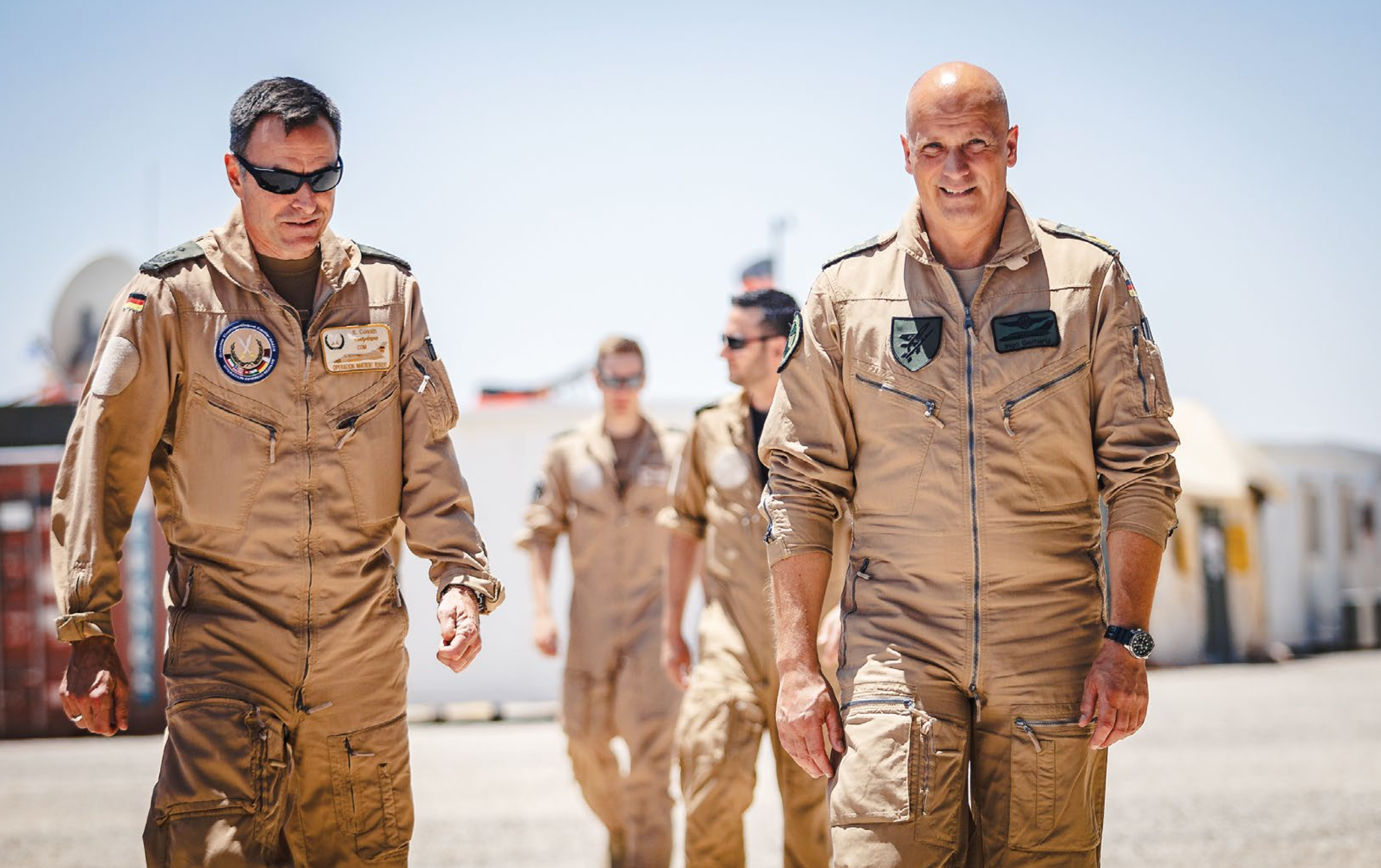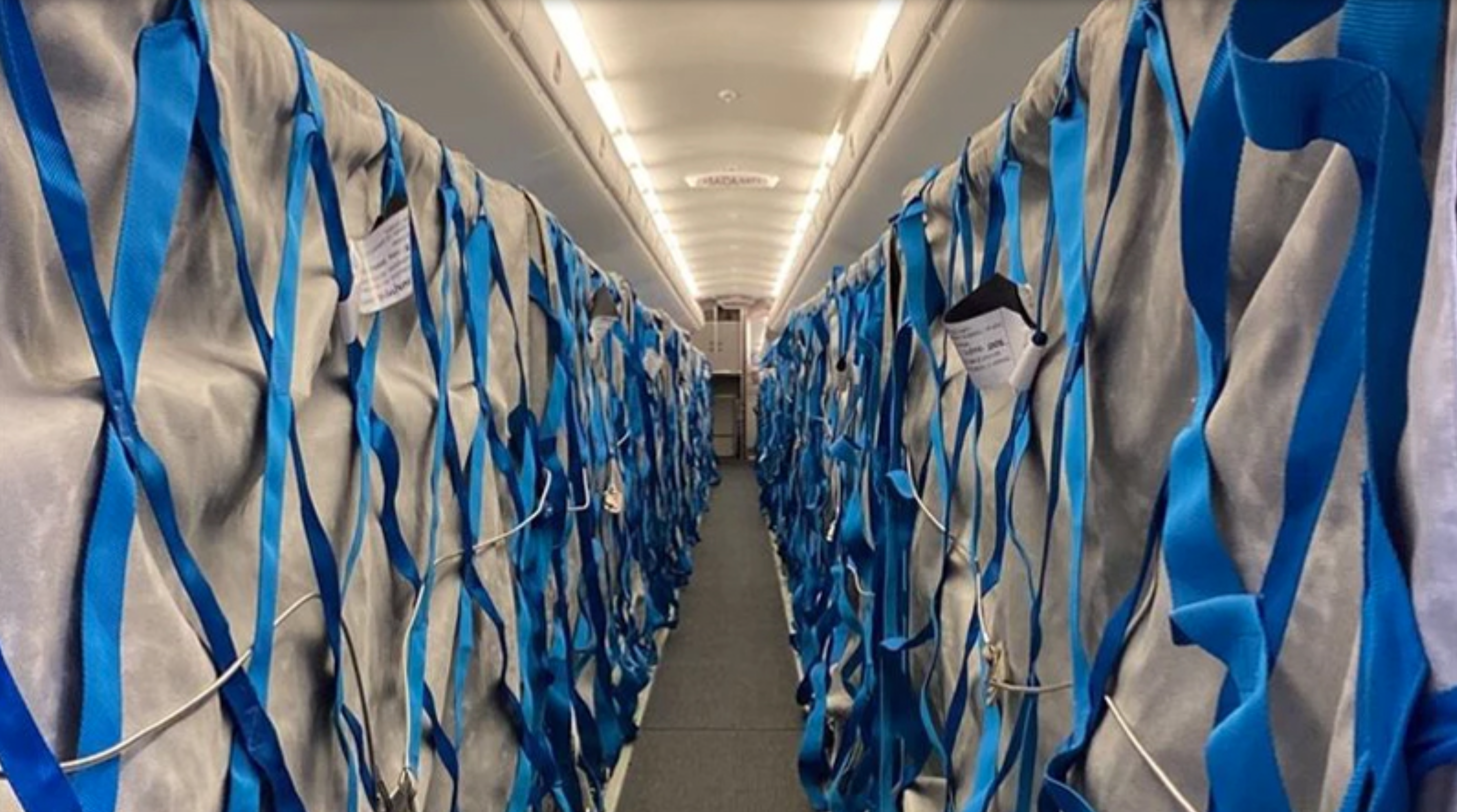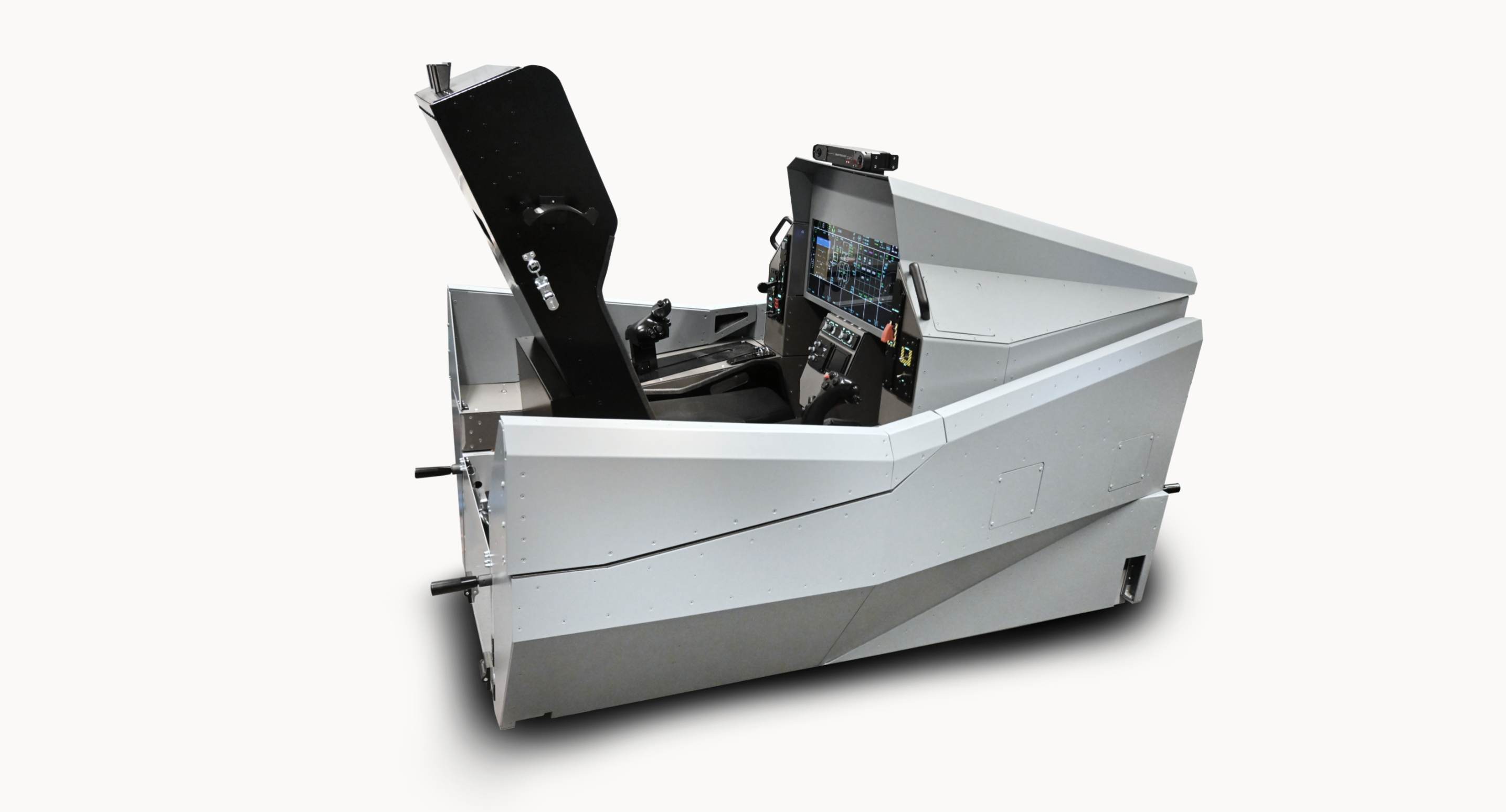Stability of the security environment has been faltering since the 2008 Russian invasion of Georgia. NATO and EU countries are faced with an ever-increasing threat, primarily China and Russia’s ambition to expand their power and widen their sphere of influence.
They invest heavily into their military forces, including the air force. The defense budgets of European NATO countries have been reduced below 2% of GDP since the end of the Cold War. For decades, this rate of 2% has been established as the minimum required to maintain a satisfactory level of defense. One third of European countries have decreased their defense budget below 1% GDP. The defense budgets of the European NATO region began to grow in 2014 as a result of a political commitment following a NATO summit in Wales, which dictates a 2% GDP defense budget minimum by 2024. Considering the NATO commitments and the growing threats, the budgets are still not increasing fast enough. Half of European countries keep their defense budget at 1.5% GDP or lower – including the Czech Republic and Germany, a key player in the region. The agreed European budget increase commitment will be significantly impacted by the COVID-19 crisis, which has clearly had a negative effect on many economies. Many European countries will need to invest large funds just to replace obsolete supersonic technology and to increase its volume after downsizing in the 90‘s. Belgium, Denmark, Italy, the Netherlands, Norway, Poland, Spain and Great Britain are all purchasing F-35s. France is expanding the Dassault Rafale fleet. Bulgaria and Slovakia have both signed F-16 procurement agreements. Germany plans to replace its Panavia Tornado airplanes. Croatia and Finland have tendered offers for new supersonic airplanes. Other countries, such as the Czech Republic and Hungary are looking to increase their supersonic airplane capacity. The above mentioned naturally leads to a greater demand for higher quality training and increased capacity of training centers.
- Interviewed by: Kateřina Š. Urbanová, EIC ACE Magazine
- Photographed by: Luděk Krušinský for ACE Magazine
What does the current state of affairs in the Air Force tell us in terms of insufficient funding?
The Air Force of each individual country is now deliberating how to economize and how to effectively train pilots to use new technology. Establishing shared pilot training centers offers itself as one possible solution. In June 2020, the defense ministers of 12 countries signed a memorandum on international training called NATO Flight Training Europe. This marked the official launch of the initiative.
Is this project fundamentally designed to safeguard the training of pilots across all of Europe?
It is essentially another effort to safeguard pilot training. Reduced defense budgets mean a loss of own training capability for a lot of countries. It is also important to note that one pilot’s training is very costly and for smaller countries, training their own pilots throughout the year – albeit lower numbers of them – simply isn’t viable. This is why Europe needs several certified training centers, which will ensure cost-effectiveness as well as quality of training. A similar initiative, called “The Advanced European Jet Pilot Training Programme”, was already in place between 1997 – 2012. The initiative was launched by Air Force Commanders following the EURAC conference, held on a yearly basis in alternating European countries. Unfortunately, not even years of working together brought this idea to fruition. The main three reasons for this failure were the lack of consensus among the nine participating countries, disagreements about the desired type of training airplanes, and the location and funding of the training facilities.
Does a new initiative have a chance of success then?
Yes, I am convinced that it does. We are dealing with a brand-new situation here – countries need to invest into supersonic Air Force and are seeking effective training solutions. They have surely learned from their mistakes of long winded negotiations, which did not bring any positive outcomes.
What is the premise for establishing an effective training facility?
A good quality ground infrastructure, enough airspace and a large enough airport able to provide for intensive air traffic are all needed. There is no need for all European training centers to be uniform. A certain variety is in fact desirable, as it allows the countries-clients to choose a facility of their liking, the facilities might better complement each other. They will also need to cooperate closely. I can see one center focusing on foundation training for Zlin 242 or Grob G 120TP airplanes for instance, while the subsequent training will focus on subsonic jets or turboprop jets, such as the already mentioned Grob G120TP, Textron T-6, Pilatus PC-21, or L-39NG. A shared objective could be specialized training of Network Centric Warfare (NCW) with the use of LINK-16, targeting pods, combined with a Joint Terminal Attack Controller (JTAC) for Close Air Support (CAS) operations during day and even at night using night vision goggles (NVG). Use of jets or turboprop aircraft with the right equipment, meeting the standards of individual Air Forces, will be essential. New training airplanes of high quality are constantly making it onto the market, these will also surely play an important role in the training. The Czech aviation industry does not lag behind and launches the L‑39NG aircraft. The L-39 Albatros – originally used as a training airplane in many countries – has not yet had its final word either. In fact, it is still deployed in many countries, especially outside the EU and NATO; it is continuously being modernized and high-quality training of this airplane will be in demand.
Pilot training in training centers doesn’t only mean the use of airplanes, but also stimulators.
Yes, simulation technology plays an important role. It will continue to be an essential part of the candidate selection process as well as the training itself. I would particularly like to point out a high quality tactical simulation training center operated by LOM Praha s.p. Their Flight Training Center in Pardubice shares a data connection with a similar training center in Sweden and could connect with additional centers. Simulators that can identify whether an applicant is at all suitable for the pilot profession are of particular interest here. These simulators have been co-developed with psychologists and reduce the need for cost-ineffective and time-inefficient training on actual airplanes. This topic is so broad; however, it could make for a whole new article.
What if this initiative were to fail? What would be the consequences?
If this initiative were to fail, there would be two main consequences. Several European countries would struggle to provide adequate military pilot training. Much-needed quality and intensity of this training, as well as its scope would be compromised. This would mean a drop in the number of pilots required. Ineffective budget expenditures would be another part of the aftermath. Simply put, whether a training is designed for 8 or 20 pilots, it bears the same set-up costs. The lack of this initiative could therefore lead to an insufficient preparedness and an overall weaker ability of air forces and consequently whole armies. In the times of an increasing threat, this is surely something to avoid.
Could this mean that we’re tackling these potential problems already? The launch of this initiative would suggest so.
It is in fact so. We were already addressing these problems when I became the Commander of Czech Air Force back in 2013. It was a reason enough for me to initiate a conference with my colleagues from Hungary, Germany, Austria, Slovakia and Sweden, which took place in Prague in 2015. Unfortunately, the time wasn’t quite right back then for the Air Force Commanders and the countries to solidify a deal. Nowadays, countries are becoming more acutely aware of the increasing threats and the need for an efficient Air Force. European countries are beginning to realize that a close partnership between individual governments, armies and the private defense sector is the only way forward. This, in my opinion, is a very important ingredient for future initiative success.
Do you also see a role for supersonic airplanes in the training centers?
I can personally imagine, or am even convinced, that the use of a supersonic airplane, such as the JAS-39D, in one of the training facilities is essential. The Army of the Czech Republic has had great experience with Gripen jets. What’s more, it is becoming clear that there is a need for enemy simulation airplanes for the alliance training of more experienced pilots (so called Red Teams). This role could be filled by both sub- and supersonic machines and from the training facilities’ perspective, they will be an important component of their revenue.
What do you consider to be an optimal solution for establishing these training centers, bearing in mind the efforts made so far have been rather unsuccessful?
A modular approach is key. This means a close cooperation between individual countries coupled with Air Force support and private sector involvement. It is important to establish a partnership between countries and private companies, who adapt better than government bodies to the specific needs and demands of individual Air Forces. Air Forces will then be able to focus solely on their main objective – the protection of airspace. They won’t have to deal with an expenditure of already limited funds in order to set up training facilities themselves for often smaller groups of pilots.
What is the potential of the latest NATO initiative?
NATO negotiations will certainly not be straightforward. Despite great ambitions, we can assume that they will go on for years, which is why we need to lay the groundwork now. Air Force Commanders need to have in-depth discussions at EURAC conventions and with state representatives during defense industry conferences, such as the Future Forces Forum in Prague, NATO Days and Czech Air Force Days in Ostrava or IDET in Brno.
I believe that there is no time to sit and wait for what the NATO negotiations will bring. We need to be more proactive about setting up new training facilities, based on a close partnership between individual countries and the private sector. We need to come up with a formal proposal, which will become an important building block of the alliance initiative. This exact approach would bring a new element into play and would differentiate itself from the unsuccessful efforts so far.
Info:
Brig. General (ret) LIBOR STEFANIK
Graduated from the Military Aviation Academy in Kosice as a professional pilot. Since 1987, he has fl own various supersonic aircraft and up until 2019 he represented several key branches of the Army of the Czech Republic (ACR). Between 2006 and 2007, he attended the prestigious Air War College in the USA. From 2008 until 2013, he served as the Airbase Commander in Namest nad Oslavou. In 2011, he was posted to Afghanistan and during his yearlong mission, he was responsible for the training of Afghan pilots and technicians. He also served as an Aide to the Afghan Air Force Chief of Staff. After his return in 2013, he became the Czech Air Force Commander, a function which he performed up until he was posted to Sweden in 2016 as the Official Defense Officer of the Czech Republic to Sweden, Finland and Norway. BG (ret.) Libor Stefanik holds the most prestigious ACR military awards in addition to the NATO/ISAF Medal. In 2019, he received the Order of the Polar Star (Nordstjärneorden), awarded to him by King Carl XVI Gustaf, for many years of establishing bilateral relationships between the Czech Republic and Sweden. He retired from active duty in October 2019.
NEW NATO INITIATIVE
A total of 11 NATO members (Bulgaria, Croatia, Czech Republic, Hungary, Montenegro, Greece, North Macedonia, Portugal, Romania, Spain and Turkey) have joined forces to create a pilot training network across the European continent.
The Defense Ministers of these countries have signed a letter of intent to establish the NATO Flight Training Europe (NFTE) initiative to explore the options of setting up a network of training facilities for fighter jet, helicopter and drone pilots, leveraging the existing training infrastructure of participating nations. Several smaller European Allies have annual pilot training requirements at a scale that does not justify the establishment or continuation of national flight centers.
This initiative is expected to reduce training costs as well as increase interoperability among participating forces.










